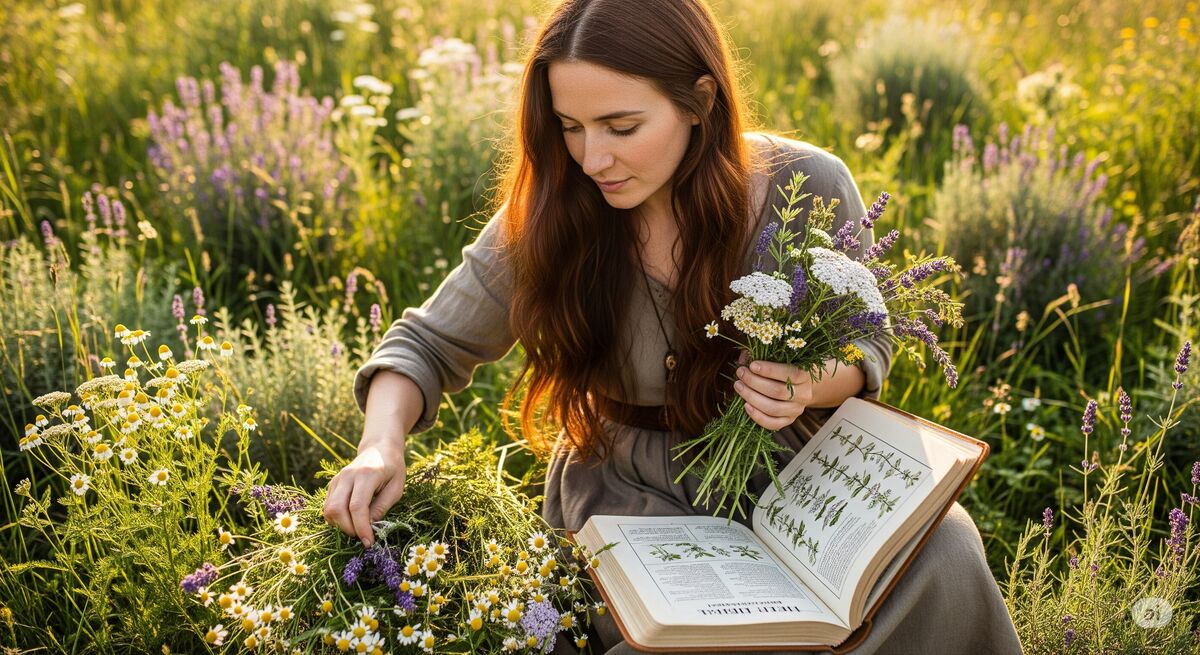
Collecting wild plants without risk: The most important dangers and how you protect yourself
👉 The key facts from this guide
- Collecting wild plants is a huge joy and enriches your kitchen, but safety always comes first!
- The greatest danger: Never confuse edible plants with poisonous look-alikes – be 100% sure what you have in your hand (e.g., wild garlic vs. lily of the valley!).
- Pay attention to the dose: Even edible plants can be harmful in large quantities or must be heated before consumption.
- Be mindful of the collection location: Avoid roadsides or fields due to possible pollutants and always wash your finds thoroughly against parasites and germs.
- Approach new plants slowly and try them first only in small quantities to rule out possible allergies or intolerances.
- Learn from professionals and use several good identification books – only then can you enjoy nature safely and with joy.
Nature is an incredibly generous pantry – something I rediscover every day as a wilderness mentor.
The joy of gathering fresh, aromatic wild herbs and plants right outside my doorstep, to enrich my meals with them, is simply indescribable.
I love this moment when I come home with a basket full of self-collected treasures and know: This is pure, unadulterated nature on my plate!
But with all the enthusiasm and the call of wild cuisine, we must never forget one thing: Nature holds not only delicacies, but also dangers.
Ignorance or carelessness when collecting wild plants can have serious, sometimes even life-threatening consequences.
Therefore, in this guide, I want to honestly and without scaremongering show you what risks exist and – much more importantly – how you can protect yourself from them.
Because my goal is for you to be able to enjoy the fascination of wild plant foraging safely and with joy. It's not about spreading fear, but about promoting respect and mindfulness.
Danger #1: The Poisonous Doppelganger – The Biggest Trap!
I have often experienced how quickly a mix-up can happen, even with seemingly "simple" plants. That's why it's so important to know the potential pitfalls.
This is by far the biggest and most dangerous trap when foraging for wild plants: confusing an edible plant with a poisonous look-alike.
Some poisonous plants look confusingly similar to their edible relatives, at least at first glance or in certain growth stages.
- Examples I frequently encounter:
- The highly aromatic Wild Garlic and its dangerous companions: the poisonous Lily of the Valley and the deadly poisonous Autumn Crocus. Here, extremely close inspection (every single leaf + stem!) is vital for survival.
- Wild Carrot and the poisonous Spotted Hemlock or Fool's Parsley. Umbellifers are generally a family where I advise beginners to exercise extreme caution.
- Edible Berries and their poisonous counterparts.
- Not a wild herb, but the Yew is often confused with the Fir.
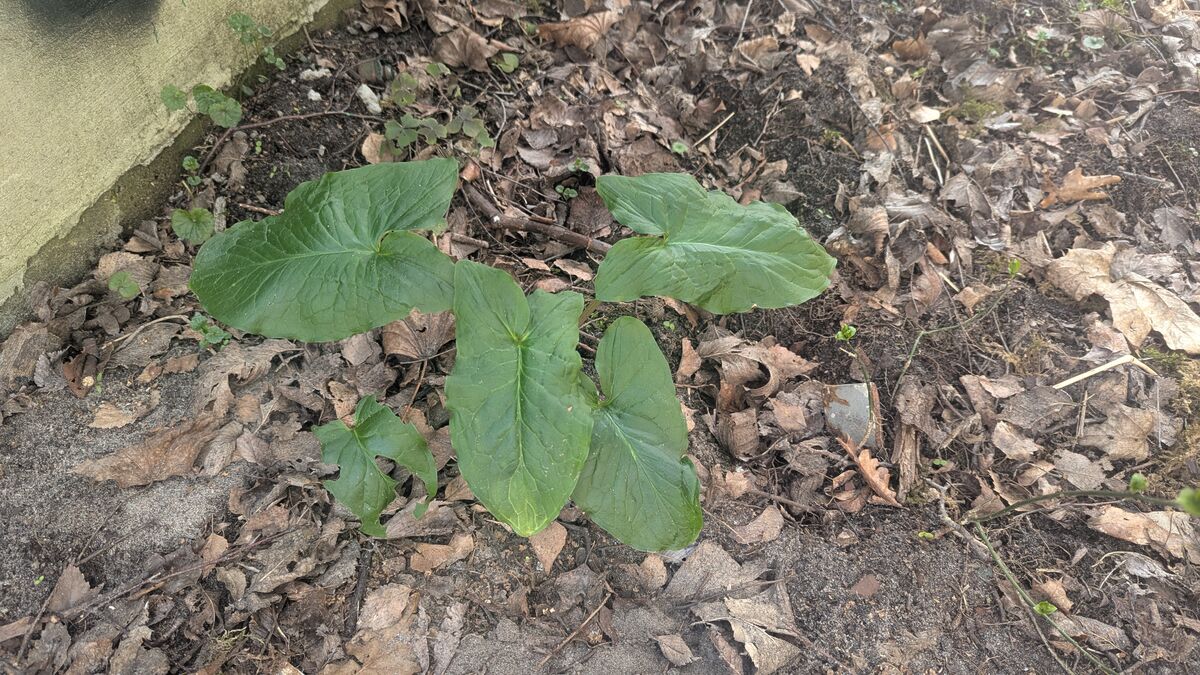
My urgent advice: Never rely solely on a single identification feature! Use all your senses (wisely!), compare with several good identification books, and if in doubt (less than 100% sure): Hands off!
A test for the edibility of unknown plants is truly only a very last emergency method and never replaces a safe identification.
Danger #2: The dose makes the poison – Even edibles can cause harm
Even if a plant is mostly considered edible, that doesn't mean you should consume it by the kilogram.
Many wild plants contain active ingredients (phytochemicals) that can be beneficial for health in small quantities, but may lead to intolerances or symptoms of poisoning in large quantities.
My Experience: Always start with small amounts when trying a new wild plant, even if it is considered safe to eat. Observe how your body reacts.
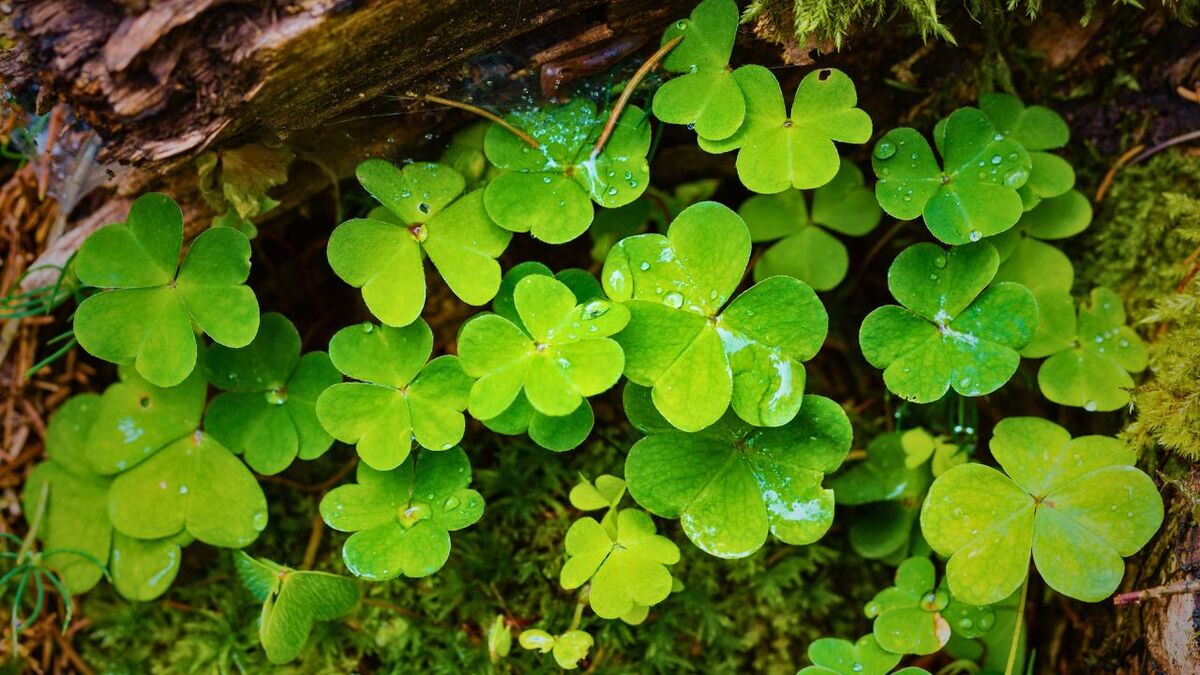
Danger #3: Invisible Burdens – Pollutants from the Environment
Unfortunately, our environment is not always as clean as we would like. Plants can absorb pollutants from the soil, the air, or the water.
Typical Risk Locations:
- Directly on heavily trafficked roads: Exhaust fumes and heavy metals can accumulate on the plants. I always keep a clear distance of several hundred meters here.
- At the edges of conventionally farmed fields: Pesticides and fertilizers can transfer to wild plants.
- Near industrial facilities or old landfills.
- On dog parks or heavily frequented walking paths (due to possible contamination by animal feces).
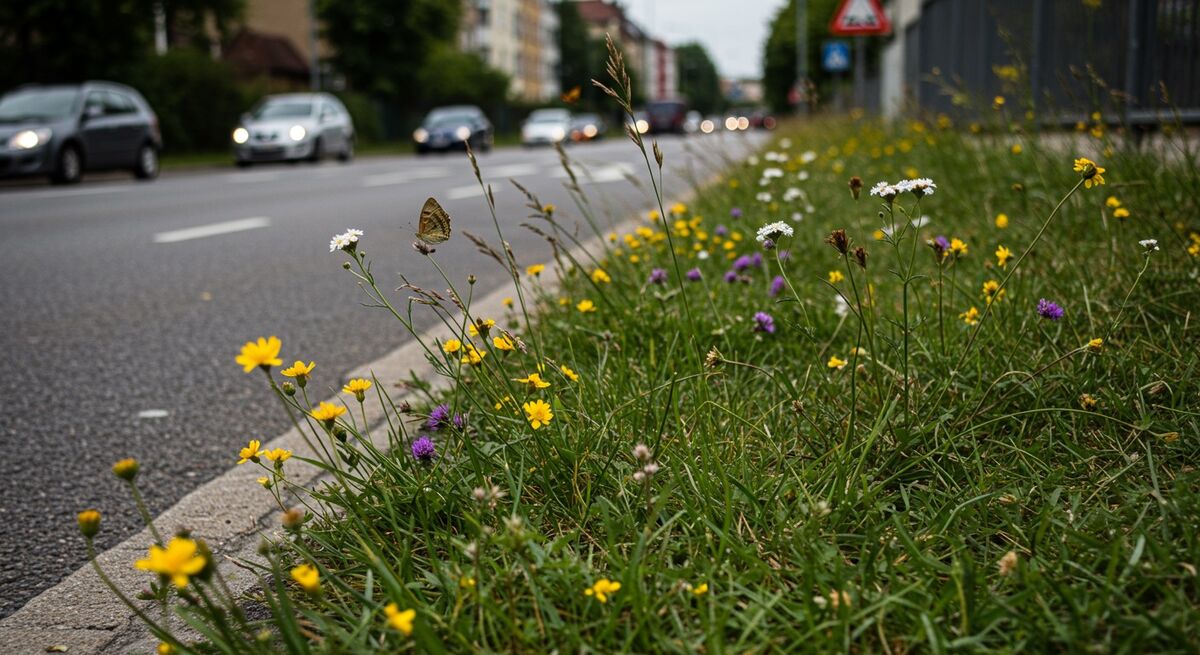
My Tip: Collect, if possible, in unpolluted areas, away from roads and intensively used areas. Thoroughly washing the plants before consumption is always a good idea, but it does not remove all pollutants absorbed by the plant.
Danger #4: When the body says "No" – Allergies and Intolerances
Even if a plant is generally considered harmless, you might still have an individual allergic or sensitive reaction to it.
My Approach: When I try a new plant for the first time, I really only start with a small piece and wait to see if a reaction occurs. And that's also particularly important when I'm collecting or cooking for others.
Danger #5: Tiny Stowaways – Parasites and Pathogens
Wild plants grow, well, in the wild. And there are other inhabitants whose droppings we don't necessarily want on our plate.
- Fox tapeworm: Ground-level plants and berries in areas where foxes are found can be contaminated with fox tapeworm eggs. Thorough washing is essential. Heating above 60 °C kills the eggs. Personally, I am very cautious with ground-level wild fruits in areas known to be infected with fox tapeworm and prefer to cook them. (In Germany, the fox tapeworm is primarily found in Bavaria and Baden-Württemberg in Germany, where the fox infestation rate is very high. The fox tapeworm is also found in other parts of Germany, but less frequently.)
- Other bacteria and germs: Animal feces or contaminated water can contaminate plants.
My Standard Procedure: All wild plants before raw consumption, wash thoroughly! For some plants or collection sites, heating is the safer option.
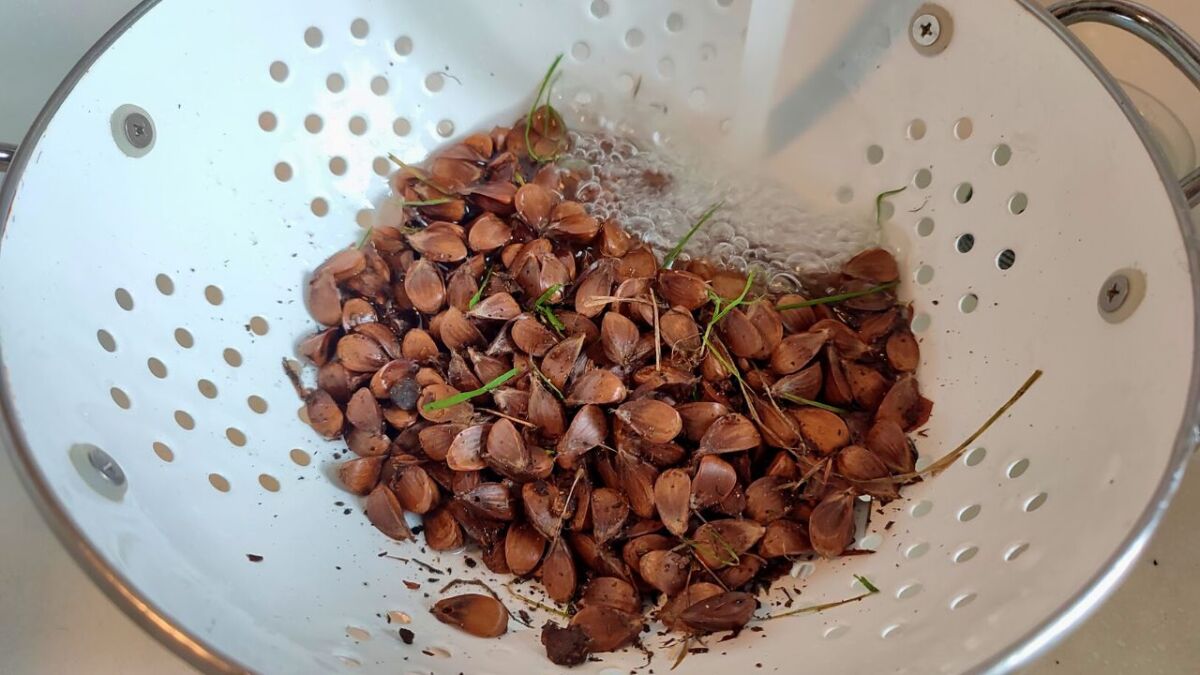
Danger #6: The wrong plant part or the wrong stage
The entire plant is not always edible or digestible.
- Example: The root of the evening primrose is a delicacy, but only in its first year. In the second year, when the plant flowers, it becomes woody and inedible.
- Some seeds need to ripen first, while other plant parts are only edible when young.
My advice: Find out exactly which parts of a plant can be used when and how.
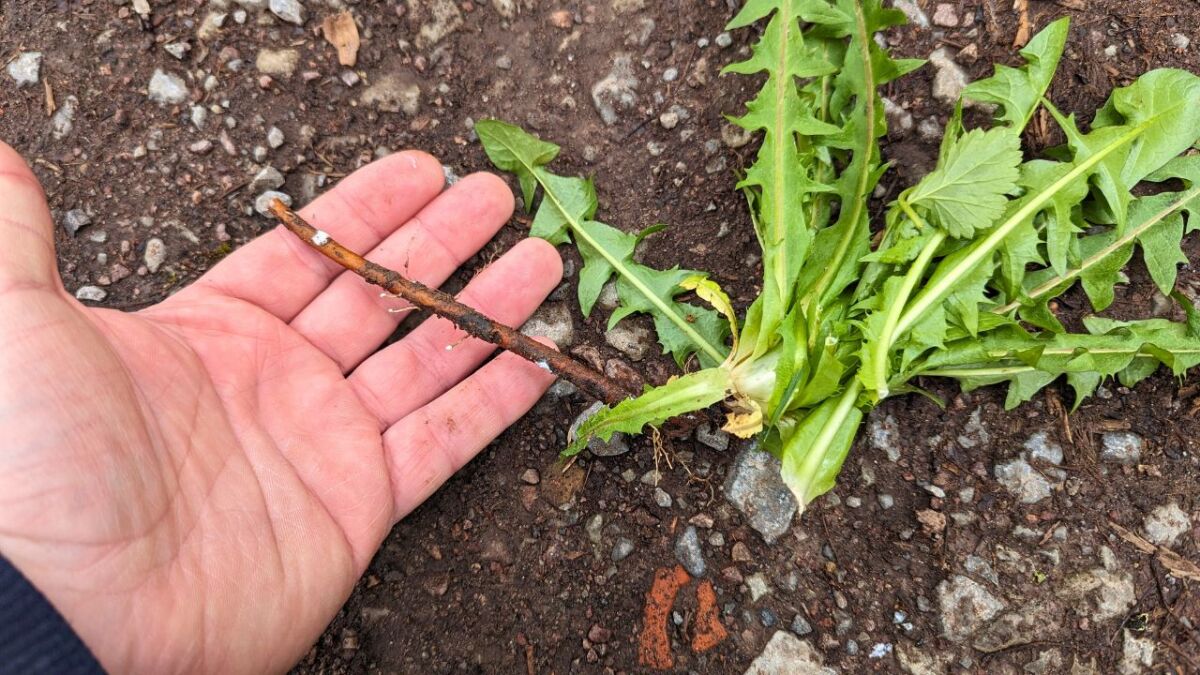
Your Shield: Knowledge, Mindfulness, and Respect
Now, you might be asking yourself:
"Phew, that all sounds pretty dangerous! Should I just stop collecting altogether?"
My clear answer: No, absolutely not!
The joy and benefit are immense if one does it correctly and takes the necessary time and leisure to get to know wild plants.
It's about approaching the matter with the necessary knowledge, keen awareness, and deep respect.
How to Minimize Risks – My Proven Principles:
-
100% rule: Collect and eat ONLY what you can identify, undoubtedly! If in doubt, always leave it!
-
Learn from the experts: Attend herb walks, take courses, and learn from experienced collectors. Direct exchange and collaborative identification are invaluable.
-
Use several good identification books: Never rely on a single source. Compare pictures and descriptions.
-
Know the poisonous plants in your area: It's helpful to know the most common and dangerous poisonous plants so you can consciously avoid them.
-
Pay attention to the location: Avoid contaminated collection sites.
-
Collect wisely: Only take as much as you need and use clean harvesting methods.
-
Wash everything thoroughly: Especially when eating raw.
-
Take it slow: Always try new plants in small quantities first.
-
Trust your instincts: If something about a plant seems odd, even if you think you know it, leave it alone! Your gut feeling is often a good guide.
-
Share your knowledge and caution: When gathering with others, especially with children during bushcraft, set a responsible example.
Conclusion: Enjoy nature safely with knowledge and respect
Collecting wild plants is a wonderful way to strengthen our connection to nature, enrich our diet, and rediscover old skills.
I want to encourage you to go this way!
The dangers are real, but with the right preparation, continuous learning, and a mindful attitude, you can minimize them and safely utilize nature's treasures for yourself.
It is a lifelong learning process that brings incredible joy.
Go out, be curious, but also be smart and careful. Then nothing stands in the way of your career as a wild plant gourmet!

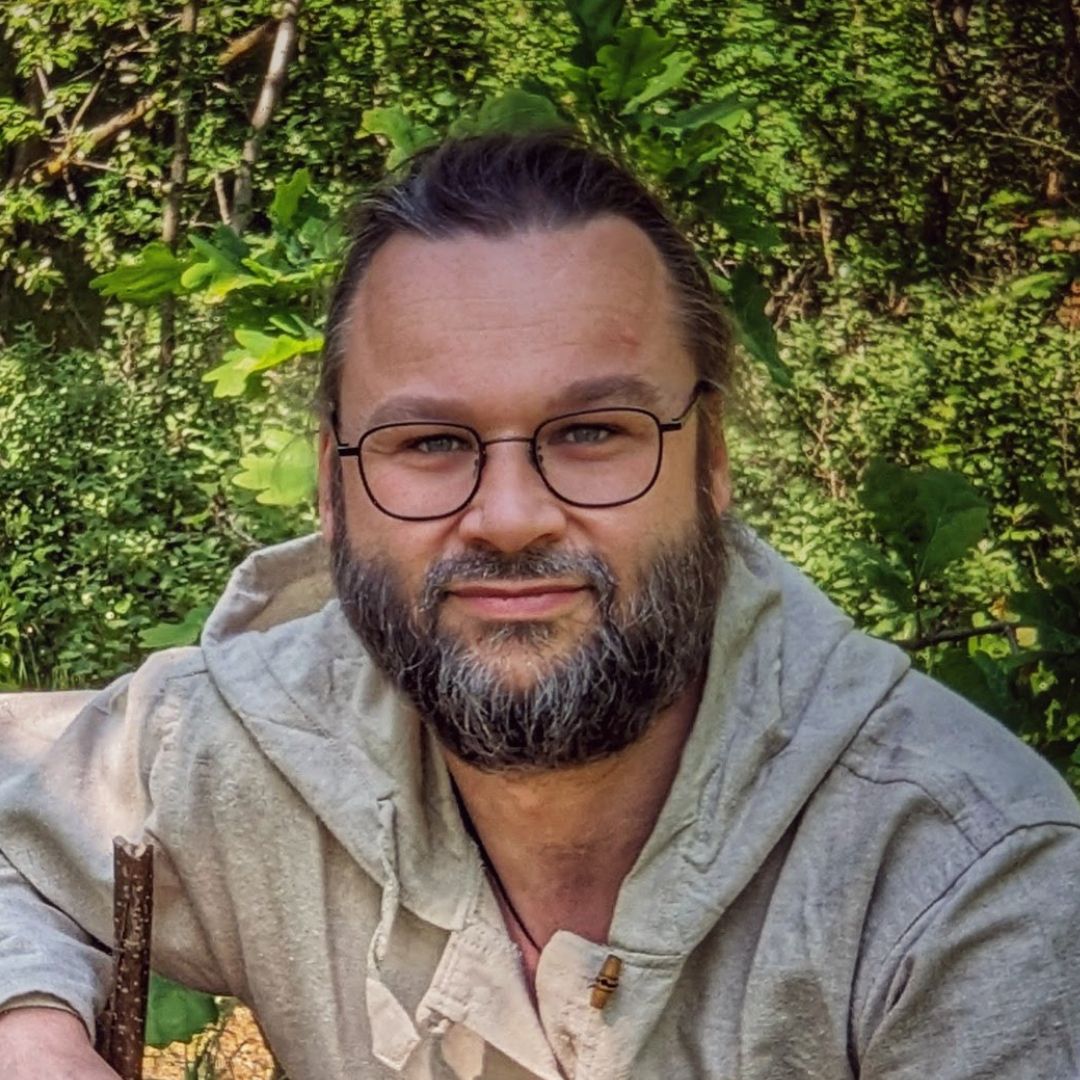
Author of the guide
Martin Gebhardt
Hey, I'm Martin. On my blog, you will learn the basics and numerous details about living in the wild. I think survival, bushcraft and the good life in nature are the keys to happiness. Find me here on Instagram or on YouTube. You can find more about my mission on the About Me page.
Was this guide helpful?
15 people found this guide helpful.
5.00 out of 5 points (15 Ratings)
Comments (0)
This post may contain affiliate links. So if you click on the links and make a purchase, I will receive a small commission at no additional cost to you. Click here, to learn more about it.


